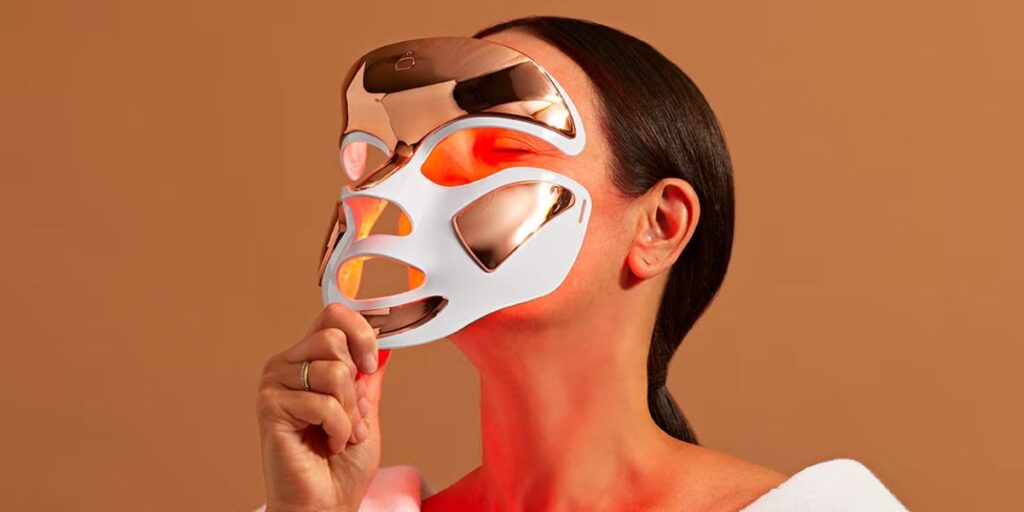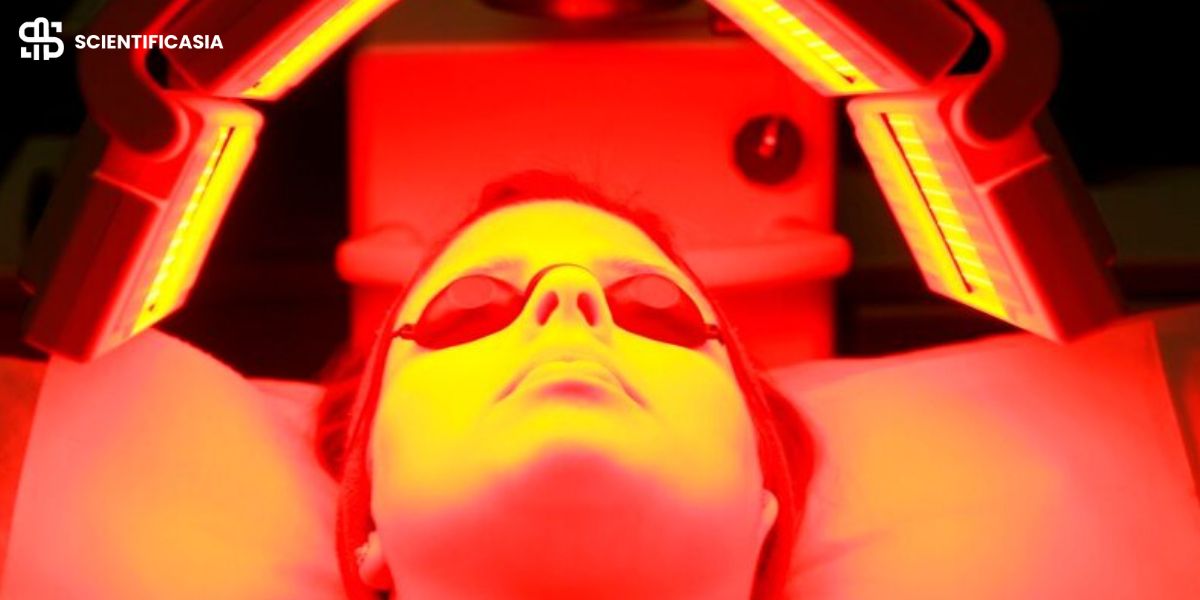By now, you’ve probably heard of people swearing by red light therapy – and not for nothing. It has recently become one of the strong emerging trends in wellness.
If you haven’t heard much about it then here are the conversational basics – it is non-invasive and utilizes light wavelengths to penetrate the skin and boost cellular activity.
Red light therapy reportedly does a lot and then some – improve skin texture, do away with wrinkles, get rid of inflammation, help with chronic pain, and accelerate wound healing. If you’re thinking of f anti-aging treatments you’re right on the money.
Athletes also use it to speed up muscle recovery, and there’s even talk of stimulating hair growth
But how do red light therapy devices work? What’s the science behind them?
Read below to find out.
Red Light Therapy Devices And The Science Behind Them
Before we move onto the harder scientific approach let’s first have a look at how red light therapy is applied. To do that we will have to have a look at the science behind the main proponents of applied red light therapy – red light therapy devices.
The Science Behind Red Light Therapy Devices
Red light therapy devices start photobiomodulation which is a process of getting the mitochondria in cells to activate by emitting focused wavelengths of light.
They’re called “red light” therapy devices because they emit a light that outwardly appears to be around the red color spectrum to the human eye.
The effects of these wavelengths rest mainly in promoting collagen production, reducing inflammation, and improving blood circulation, but we’ll go into benefits later.
Types Of Red Light Therapy Devices
Red light therapy devices come in various forms, each designed to target specific treatment areas and needs.
First up, we’ll take a look at handheld devices. Examples such as the SolaWave Radiant Renewal Wand, are ideal for targeting small areas like the face, offering benefits like reducing fine lines and blemishes. Handheld devices are portable, making them convenient for travel and daily use.
Moving onto wearable devices. FlexBeam is specifically designed for pain management and muscle recovery. The main quality of handheld models is that they are flexible and portable. This makes them the go-to choice for athletes or people needing targeted therapy readily available. The wavelengths it uses are between 660nm and 850nm, which is the optimal scale for penetrating deep into tissues to reduce inflammation and improve circulation.
Then there are panel systems like the Redrush 360. They provide full-body coverage and are more extensive, which means they are suitable for addressing multiple skin and muscle issues all at the same time. These panels are powerful and designed for home use, the downside is that you will most probably not be able to carry them around.
Upcoming Trends In Red Light Therapy Devices
The red light therapy device market is continuously evolving,, with several trends that are lined up to shape the future of this technology.
The first among these trends is more personalized and portable devices. For example, the increasing popularity of wearable devices reflects a shift towards convenience and ease of use, allowing users to receive therapy on the go.
Another trend is the integration of smart technology into red light devices. This will probably include app-controlled settings and users will be able to customize treatment based on specific needs and track their progress over time.
Multi-modal devices combine red light therapy with other treatments, such as microcurrent or blue light therapy, for enhanced results. This combination approach can address multiple skin concerns in one session, making these devices more versatile and efficient.
Benefits Of Red Light Therapy
We’ve already briefly mentioned the benefits of red light therapy, in this section we’ll go into them more seriously. While the field is still fresh, there already is data on what benefits can be gained from red light therapy. These benefits can be divided into three main areas: skincare, pain management, and general wellness.
- Skincare – Red Light Therapy does wonders for psoriasis and eczema since it can take care of inflammations and helps heal wounds. Then there’s also reduction of lines, wrinkles and even acne scars in some cases.
- Pain management – Conditions such as arthritis and various muscle injuries (that usually occur in athletes) have benefited greatly from red light therapy since it helps blood circulation and reduces oxidative stress.
- General well being – Studies have shown that red light therapy helps with concentration, general mood and cognitive functions. We don’t need to stress in particular how useful this can be for daily life.

Wrapping Up
Red light therapy’s versatility is expanding, potential benefits for cognitive enhancement and even eye health is not ruled out, and these are areas not typically associated with light-based treatments.
As the technology evolves, integrating red light therapy into broader health and wellness routines may offer even more benefits.
RLT could become the next go to non-invasive therapy, offering accessible options for a wide range of health concerns.














